Unlock Smarter Marketing: How AI-Driven Customer Segmentation Transforms Personalization & ROI]
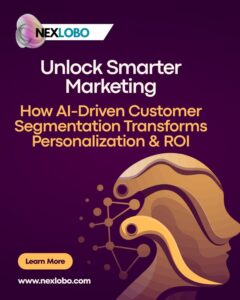
Introduction: Why Smarter Segmentation Matters
Back when I first entered digital marketing, segmentation was guesswork. We lumped people into age brackets or ZIP codes and sent out mass emails. The results were uninspiring—low open rates, wasted spend, and frustrated clients. The turning point came when we adopted ai-driven customer segmentation. Suddenly, we weren’t just guessing—we were predicting. The AI uncovered micro-segments like “late-night online shoppers” or “budget-focused repeat buyers.” It reminded me of how AI email marketing campaigns personalize outreach with predictive segmentation and automated targeting.
That’s when I realized: true personalization at scale is only possible with AI.
What is AI-Driven Customer Segmentation?
Ai-driven customer segmentation is the process of dividing customers into precise groups using machine learning and predictive analytics. Unlike static categories, AI dynamically updates segments based on:
Behavioral signals (purchases, clicks, time on site)
Demographics (age, gender, income level)
Psychographics (interests, values, lifestyle choices)
Predictive insights (likelihood to convert, churn risk)
This is AI personalization in action—every touchpoint feels relevant.
Why AI-Driven Customer Segmentation is a Game Changer
Hyper-Personalization at Scale – Each customer feels understood.
Higher ROI – Marketing spend focuses on the right audiences.
Predictive Segmentation – AI forecasts needs before customers express them.
Automated Customer Targeting – Campaigns update in real-time without manual effort.
💡 Stat to note: According to McKinsey, brands that use AI personalization see a 40% increase in revenue from targeted campaigns.
How to Use AI-Driven Customer Segmentation for Campaign Success
To succeed with ai-driven customer segmentation, you must align segments with clear goals. For instance:
Upsell campaigns → Target “loyal brand advocates.”
Retention campaigns → Target “high churn risk” customers.
Acquisition campaigns → Target “first-time visitors.”
The beauty of micro-segmentation is that it refines itself. I once ran a campaign for a subscription brand where AI discovered a “cancel-prone” segment. With timely offers and loyalty perks, we reduced churn by 21%.
How to Apply AI-Driven Customer Segmentation Across Channels
Ai-driven customer segmentation shouldn’t stay siloed in email. Extend it across:
Social media ads (custom creatives per audience)
App push notifications (timed by behavior)
Website personalization (dynamic banners)
A travel client of mine used predictive segmentation to place a visitor browsing “ski trips” into a winter-sports audience instantly. The next ad showed ski gear, not summer beach deals—conversion rates doubled.
How to Measure ROI of AI-Driven Customer Segmentation
If leadership asks, “Is this worth it?”, here’s what to track:
Click-through rates (CTR)
Email open rates by segment
Repeat purchase rates
Customer Lifetime Value (CLV)
From my experience, ai-driven customer segmentation nearly doubled CTR in campaigns targeting “price-sensitive shoppers” versus generic messaging.
💡 Stat to note: Salesforce reports that 52% of consumers switch brands if they don’t receive personalized communication.
Step-by-Step: How to Implement AI-Driven Customer Segmentation
Step 1: Collect Clean Data
Without accurate data, predictive segmentation fails. Pull from CRM, analytics, social media, and purchase records.
Step 2: Select the Right AI Tools
Tools like HubSpot, Segment, or Salesforce Einstein offer automated customer targeting. Pick one that integrates easily with your existing stack.
Step 3: Define Business Goals
Do you want to increase upsells, prevent churn, or boost retention? Tie ai-driven customer segmentation to these KPIs.
Step 4: Test Micro-Segments
AI can identify audiences like “holiday bargain hunters” or “premium buyers.” Test tailored campaigns for each.
Step 5: Automate & Optimize
Let AI run automated workflows and continuously refine based on engagement data.
Challenges with AI-Driven Customer Segmentation
Privacy Concerns: Compliance with GDPR/CCPA is non-negotiable.
Over-Segmentation: Too many micro-groups can dilute focus.
Costs: Quality AI tools require investment, though ROI justifies it.
In my case, the challenge wasn’t the tool—it was convincing leadership that AI could outperform human intuition. Once the metrics came in, there were no more doubts.
Future of AI-Driven Customer Segmentation
Expect breakthroughs like:
Voice & sentiment analysis from support calls.
Cross-channel dynamic personalization.
Predictive content creation where AI suggests copy for each segment.
AI won’t just group customers—it’ll anticipate intent.
FAQs
Q1: How is AI-driven customer segmentation different from traditional segmentation?
AI updates segments in real-time using predictive analytics, unlike static manual methods.
Q2: Can small businesses use AI-driven customer segmentation?
Yes—many affordable tools exist for SMBs.
Q3: How does predictive segmentation improve ROI?
By identifying likely buyers and focusing spend on them.
Q4: Which industries benefit most?
Retail, real estate, e-commerce, and travel.
Q5: Is customer data secure?
Yes—when using AI platforms that follow strict compliance standards.
Conclusion
For me, adopting ai-driven customer segmentation was like switching from a blurry map to GPS. Suddenly, customer journeys were clear, targeted, and measurable. Campaigns felt personal, customers engaged more, and revenue followed.
If you want to future-proof your marketing, start small and scale—because personalization is no longer optional. And if you’re curious about how AI is revolutionizing other areas of marketing, explore AI voice agents in outbound campaigns.
👉 Now’s the time to let ai-driven customer segmentation power your marketing growth.
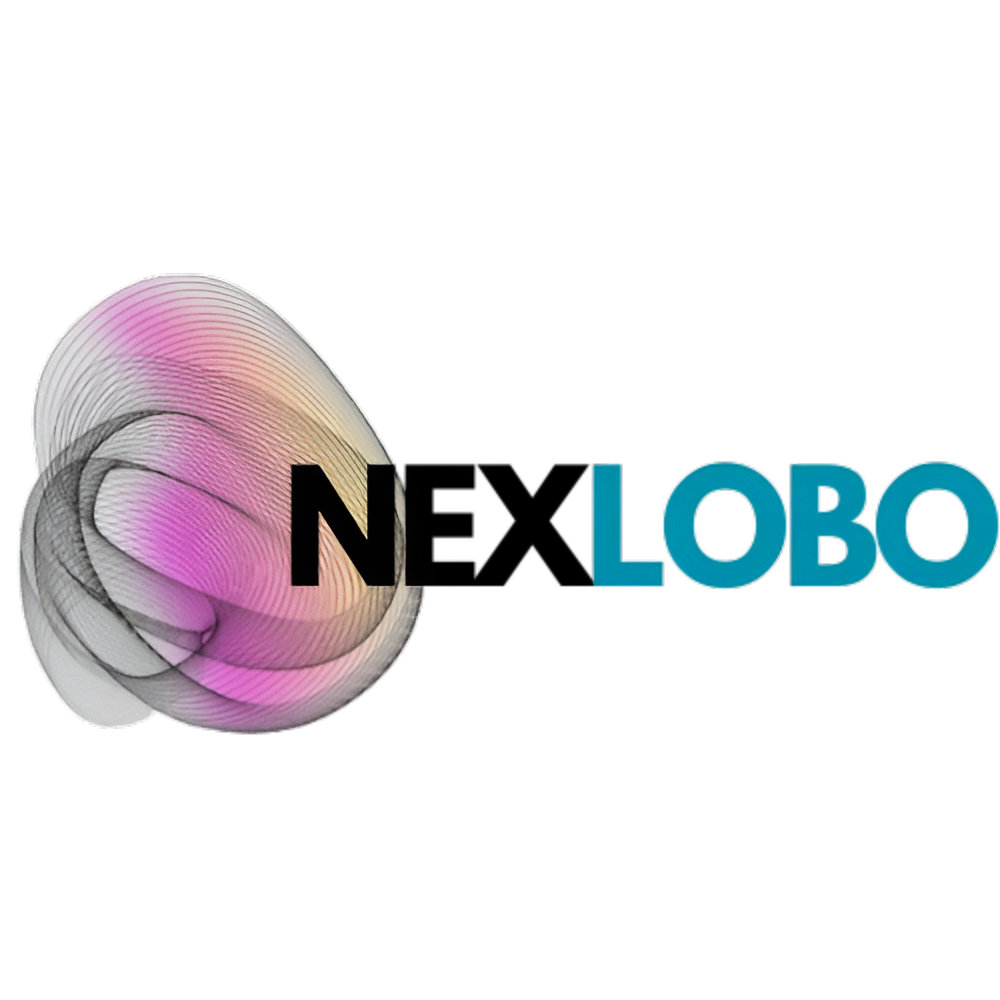


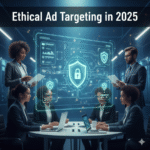

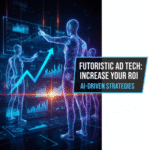
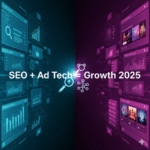
Leave a Reply